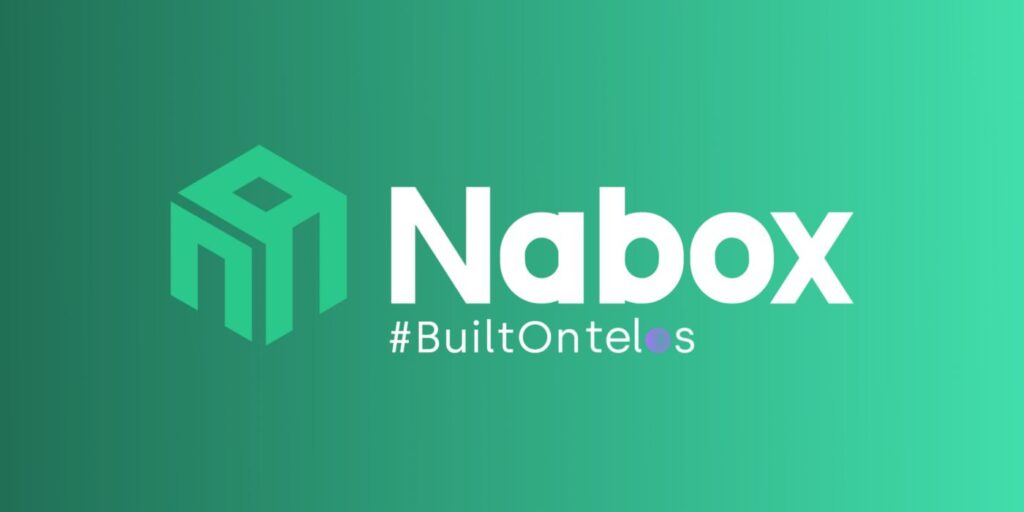
In today’s fast-paced financial world, automating your investing is like having a smart helper to manage your money. Thanks to advanced technology, you can use special tools and tricks to make your investing simpler and more efficient. It’s not just for experts – even if you’re new to investing, automation can make things easier for you. Imagine a digital assistant that helps you decide when to buy or sell without you having to check all the time. Learning how to automate your investing is like having a reliable friend that takes care of your money, helping you make smarter decisions in this digital age. If you’re wondering how to open a forex broker, integrating this knowledge into your automated investing approach can further expand your financial horizons.

What Is Automated Investing?
Automated investing, often referred to as robo-advising, is a revolutionary approach to managing investments that relies on computer algorithms and software to make financial decisions on behalf of investors. Instead of traditional human oversight, automated investing uses advanced technology to analyze market data, identify trends, and execute trades. This method aims to streamline the investment process, reduce human error, and provide a more systematic and efficient way to navigate the complexities of financial markets. Investors can set predefined criteria, risk preferences, and goals, allowing automated systems to handle tasks such as portfolio management, rebalancing, and executing trades, ultimately offering a hands-free and data-driven approach to wealth management.
How automated investing works
Automated investing, or robo-advising, operates by seamlessly integrating technology into the investment process. Instead of relying on human decisions, sophisticated algorithms analyze extensive financial data, including market trends, economic indicators, and asset performance. These algorithms interpret the data and execute trades based on predefined criteria and strategies set by the investor. This happens in real-time, allowing automated systems to respond swiftly to market changes.
Automated investing is flexible, allowing investors to customize their strategies based on their risk tolerance, goals, and preferences. Beyond trade execution, these systems continually monitor portfolios, automatically adjusting assets to maintain desired allocations. They also include risk management features that trigger protective measures in response to market movements, providing a hands-free approach to investing.
Steps to Automate Your Investing
Automating your investing is a strategic process that involves several detailed steps to ensure a seamless and tailored approach:
Create an Investment Account
Take the time to research and choose a reputable automated investment platform or robo-advisor. During the account creation, you’ll be prompted to provide essential information about your financial goals, risk tolerance, and investment preferences.
Choose Your Assets
Once your account is established, the next step is selecting your investment assets. Robo-advisors typically offer a range of pre-constructed portfolios that align with different risk profiles. Based on your goals and risk tolerance, choose a portfolio that includes a mix of stocks, bonds, or other securities. This step ensures that your investment strategy is diversified and well-suited to your financial objectives.
Link Your Funding Account
To facilitate smooth transactions, it’s essential to link your funding account. This involves connecting the bank or financial account from which you’ll deposit funds into your investment account. By linking these accounts, the automated platform can efficiently execute your chosen investment strategy without delays.
Set Your Funding Schedule
Decide how frequently you’ll contribute funds to your investment account – whether it’s on a weekly, monthly, or another set interval. A regular funding schedule ensures that you stay disciplined in contributing to your investments, helping you adhere to your financial plan over the long term.

Best Ways to Automate Your Investments
Automating your investments is an efficient way to grow your wealth, and there are several strategies to consider:
Robo-Advisors: Utilize robo-advisors, automated investment platforms that use algorithms to analyze your financial situation and risk tolerance. These platforms then recommend and manage a diversified portfolio tailored to your goals, providing a hands-off approach to investing.
Automatic Transfers: Set up automatic transfers from your bank account to your investment account at regular intervals. This systematic approach ensures consistent contributions, promoting disciplined investing and helping you stick to your savings plan.
Employer-Sponsored Retirement Plans: Take advantage of employer-sponsored retirement plans, like 401(k)s. Many of these plans offer automated features such as automatic enrollment and contribution escalation. This ensures a portion of your salary is automatically directed toward your retirement savings, making it a hassle-free way to invest for the future.
What You Need to Open an Automated Investing Account
Personal Information: Gather comprehensive personal information, including your full legal name, contact details, Social Security number, and date of birth. These details are crucial for identity verification and compliance with regulatory standards.
Financial Details: Be ready to disclose your financial information, encompassing your income, employment status, and overall net worth. Some platforms may also inquire about your investment objectives and risk tolerance to tailor their recommendations to your financial goals.
Bank Account Information: Prepare to link your bank account to the automated investing platform. This is essential for depositing funds into your investment account and withdrawing returns. Have your bank account number and routing number on hand for a seamless setup.
Identification Documents: To comply with anti-money laundering (AML) regulations, most platforms will require official identification documents. These may include a driver’s license, passport, or other government-issued identification. Submitting these documents helps ensure the security and legitimacy of your automated investing account.
Security Measures: Prioritize platforms with robust security features, such as two-factor authentication, data encryption, and secure socket layer (SSL) certificates. These measures safeguard your personal and financial information from potential cyber threats.
Automated investing uses smart algorithms to study lots of financial information and make trades based on your preferences. It doesn’t just stop there – these systems also keep an eye on your investments all the time, making sure they match what you want. The cool part? They’re always learning from the market and getting better. It’s like having a friend who helps you grow your money without you having to do all the work. So, let automation be your partner in the exciting world of investing!
Also Read: Quotes and Words on the 50 Value of Money
